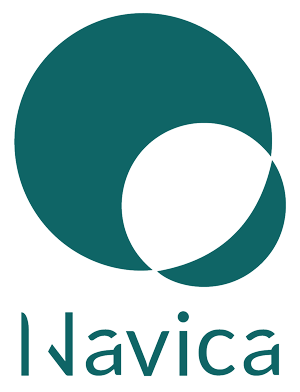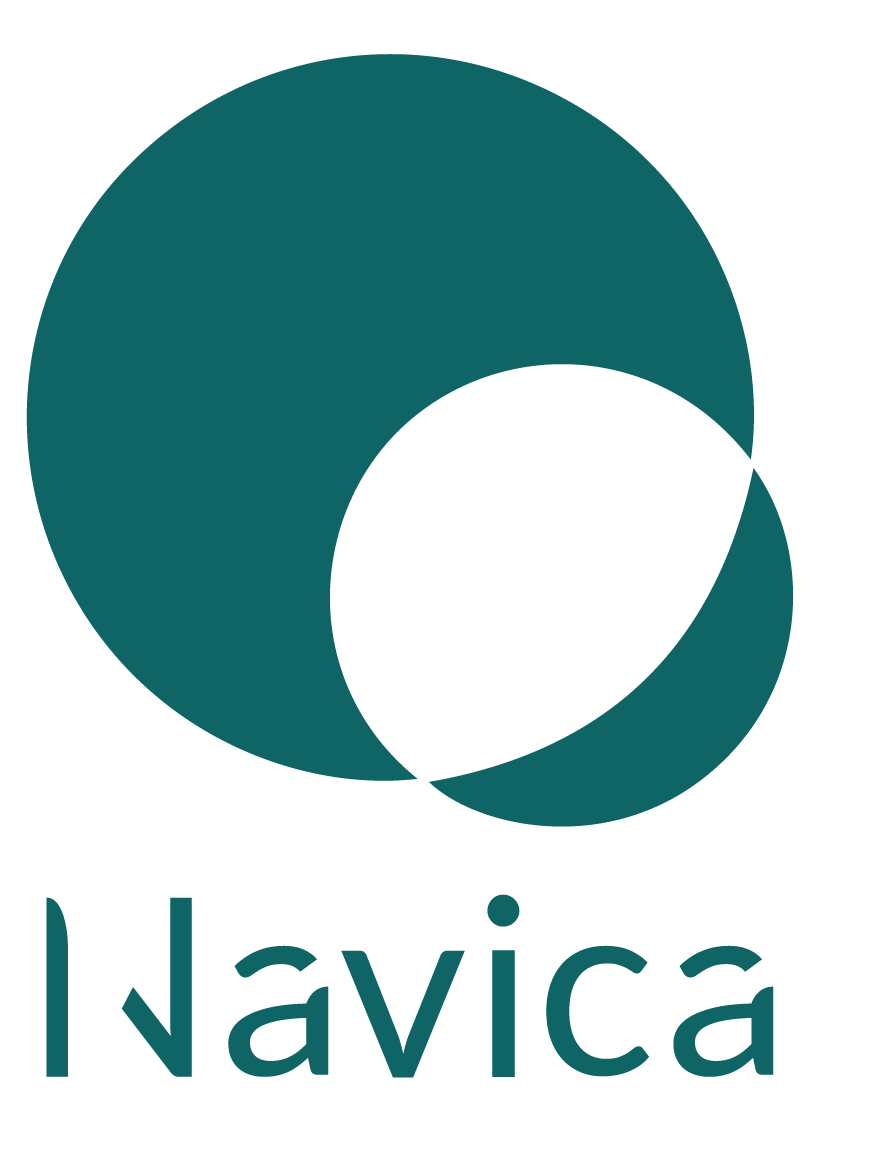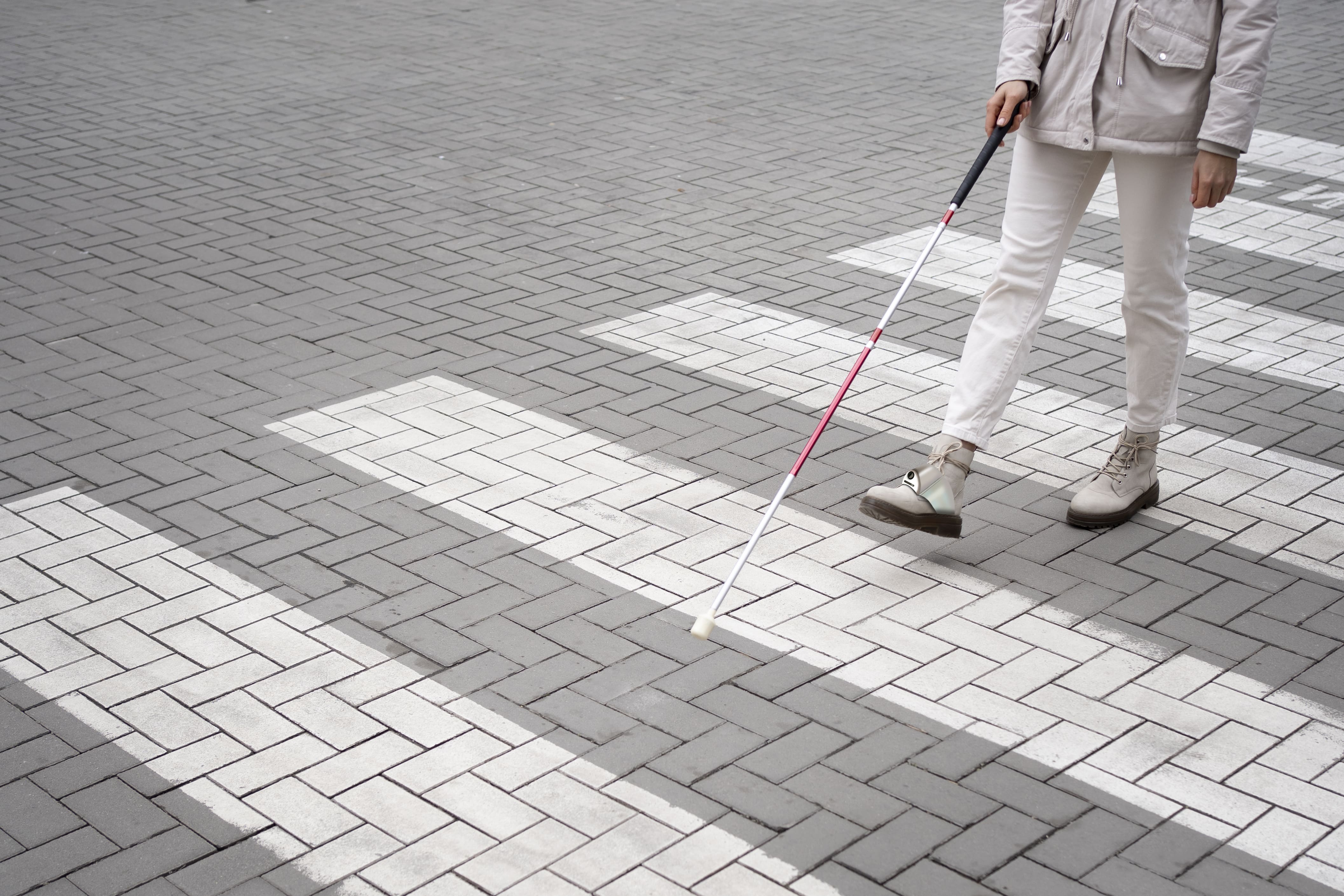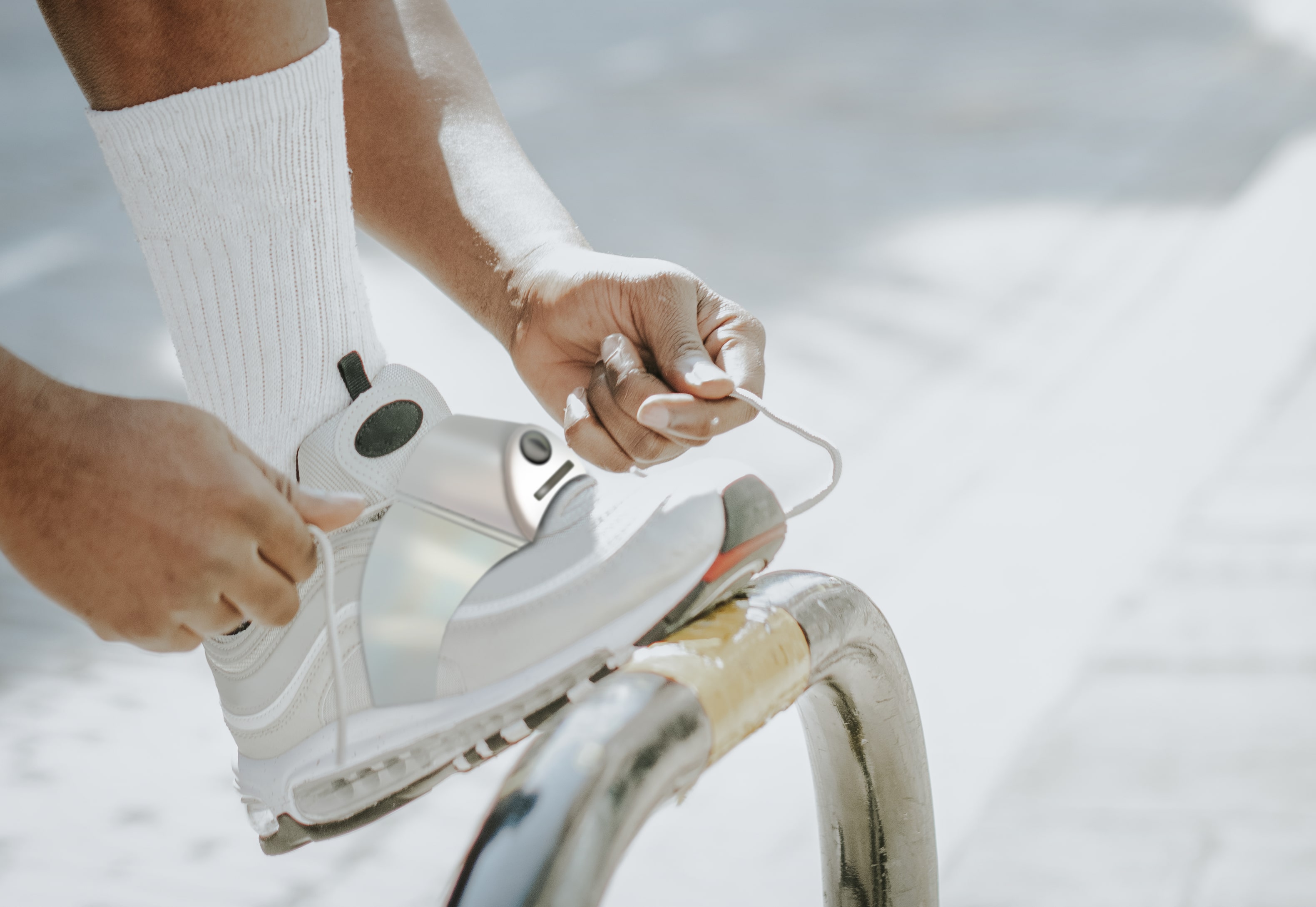Here, we discuss the scientific breakthroughs that power Navica, highlighting how it brings together environmental analysis, sensor fusion, and intelligent navigation systems. Together, these technologies form a stable, independent system that provides greater mobility to the visually impaired.
The Power of Environmental Analysis in Navigation
Environmental analysis is a key component of Navica’s obstacle detection and safe guidance of visually impaired people. Through the use of ultrasonic and laser sensors, Navica is able to analyze the environment in real-time, detecting hazards such as stairs, curbs, and obstacles along the path of the user. Environmental analysis is at the core of ensuring that users are provided with timely and precise information regarding the environment. Current research on environmental sensing technology indicates that the systems, when combined with AI, improve decision-making in real-time, enabling users to steer clear of obstacles even before they reach them (Journal of Environmental Sensing Technology, 2021). Constant examination of environmental parameters is what makes it possible for Navica to autonomously guide users, promoting both independence and safety.
Combining Data for Accurate Navigation
Sensor fusion is the method of integrating data from various sensors to produce a more reliable and complete picture of the environment. Navica uses sensor fusion to integrate data from ultrasonic, GPS, and infrared sensors, enabling it to more accurately detect obstacles and provide smoother guidance. Sensor fusion enhances the functionality of mobility aids by incorporating various types of environmental information, developing a more robust system for the user. Studies in sensor fusion technology have proven that multi-sensor systems are more efficient in dynamic, unpredictable environments, with both obstacle detection and pathfinding ability improved (Journal of Sensor Fusion and Navigation, 2020). This technology enables Navica to deliver real-time, accurate guidance, providing a safer and more confident experience for people who are visually impaired.
Enhancing Pathfinding Accuracy
At the heart of it is a clever navigation system that employs next-generation algorithms and environmental monitoring to provide precise, real-time instructions. By continuously observing environmental information and refining the route of the user in response, smart navigation systems enable Navica to provide an enhanced level of precision in mixed and dynamic environments. Smart navigation system employs artificial intelligence in order to forecast potential impediments and navigate away from them in the best way, with the facility for users to navigate around in safe and confident means in unfamiliar surroundings. Smart navigation technology research has demonstrated that it can significantly improve mobility among visually impaired users through instant and hands-free guidance (International Journal of Smart Navigation, 2021). The combination of sensor fusion and smart navigation systems allows Navica to build an integrated user experience.
The Role of Haptic Feedback in Enhancing User Interaction
Haptic feedback provides crucial touch information to users so that they receive information about the surroundings from vibrations. In Navica, haptic feedback is utilized to notify the user of the obstacles around and the type and intensity of the vibration vary with the distance of the hazard. Such feedback has proved quite efficient for the blind, as it makes use of the sense of touch to convey essential information about the world (Journal of Haptic Research, 2020). As studies have shown, haptic feedback improves spatial perception and navigation efficiency for the blind through the presentation of non-visual cues that are readily readable and responded to. Navica’s use of haptic feedback allows for real-time response to obstacles, reducing the chance of accidents and promoting overall safety.
Integrating Advanced Technology to Improve Independence
As assistive technology improves, innovations like the incorporation of AI, sensor fusion, and smart navigation systems in a product like Navica represent a major leap into the future. These technologies enable blind individuals to travel unaided without the need to rely on additional aids like canes or guide dogs. Future innovations in sensor fusion and environmental analysis technology will provide even more accurate obstacle detection, improving pathfinding ability and improving confidence in users. The integration of smart navigation system and advanced artificial intelligence into Navica provides a platform for future assistive technology that will improve the mobility and independence of visually impaired individuals beyond Navica.
Conclusion
Navica is a groundbreaking assistive technology for the blind, with strong environmental understanding, sensor fusion, and smart navigation features to promote mobility and independence. With the integration of these technologies, Navica delivers smooth, independent navigation that enables users to travel with confidence and ease. With more research driving advancement in sensor fusion and AI-based navigation, the future of blind assistive technology is very promising.




